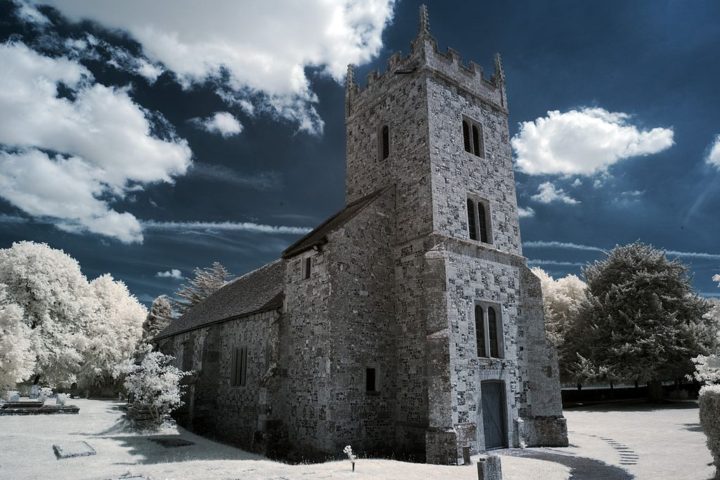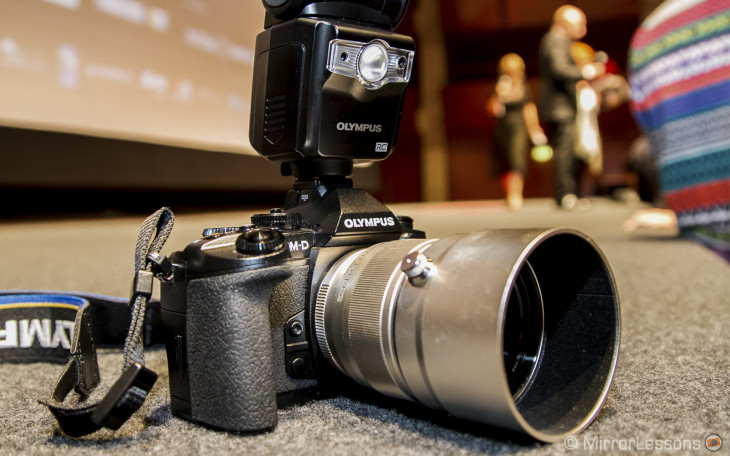Infrared photography is small yet popular niche, with photographers investing in dedicated infrared cameras, downloading infrared apps for their smartphone, and even converting their ordinary cameras into infrared machines.

Why is infrared photography so appealing to photographers? Well, it allows us to see a spectrum of light – the IR spectrum – that isn’t visible to the human eye. Everything from human skin to the texture of the leaves on the trees can look completely different when captured on the IR spectrum, as you’ll see in Robin Schimko’s article about converting his Olympus OM-D E-M1 into an infrared camera.
In his article, he explains why he chose to convert his E-M1 and how shooting infrared images differs from standard photography. For example, he mentions that the best time of day to shoot IR is at around midday in harsh sunlight because you get the best contrast. Conversely, it makes little sense to shoot on an overcast day because the lack of light produces an unpleasant “muddy” effect.
To complete the article, Robin includes a series of IR images taken during his trip to Korea. Although the streetsscapes are impressive, I was most drawn to the hollow, almost possessed look in the eyes of the people he photographed, caused by the way the light bounces off the membrane.
You can check out Robin’s full article about infrared photography with the E-M1 here.

